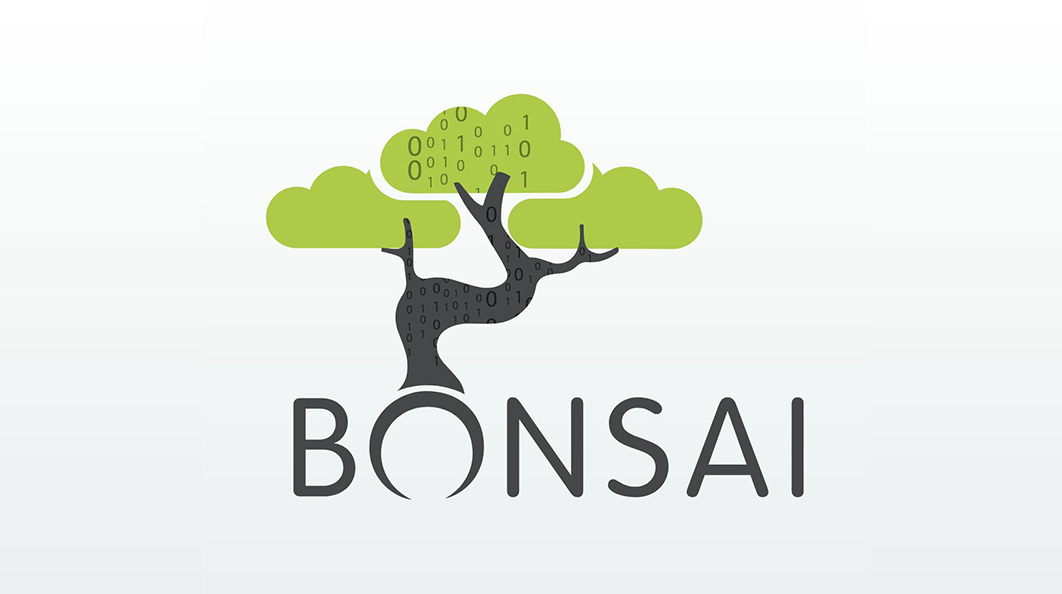Recently I listened to a fairly popular data engineering podcast. A panel discussed the science of building data platforms at their respective technology companies. At the end of the chat, the following was shared with respect to challenges and learnings for their next data projects:
(Paraphrasing)
“Of course getting buy in for your data platform has challenges, because there’s no clear way to demonstrate the business impact”
I am blown away by this. Data engineering leaders not only aren’t recognized for having business impact, but they believe data work has no obvious value.
Honestly, it’s depressing. How did things ever get to this place? What can be done?
If you are a data leader and you don’t yet understand the business impact you have at your organization, you haven’t been trained enough on your underlying business model and dynamics. Demand to be trained on the business: What do we make? Who do we sell to? What does our market look like? What are our strengths, and what are our weaknesses? What do clients say about us? What do competitor’s say about us?
What are two common questions your business leadership asks that data answers today?
“Who is our core customer?”
How many times has this question been asked in the board room, and the board decides to pay a firm to ideate about your brand’s persona?

How many teams have been tasked with defining target customer personas? Have any of them researched the answer to that question in your actual business & customer data? How many even have access to that data? If you polled 100 honest organizations, I’d be shocked to get 5 positive responses.
When you business and marketing teams accept the idea that your business is data, things like “who is our customer?” become so much clearer to answer, and it becomes obvious that strategic teams need access to critical business data alongside experienced analysts.
“Will we meet our sales targets?”
What’s your firm’s sales forecasting methodology? If you are a retailer, DTC brand, subscription service or other consumer-facing business, your ops team might share a model with us that looks something like:
“At the top of the funnel, we have traffic to our website and social platforms. Then we have product pageviews and ‘add-to-cart’ sessions. Then, we look at conversion rate of those shopping carts and project the financial performance for the next period based on the trends of those numbers…”
To that I’d say – those are all various business outcomes, and kudos to you for reporting them. Sadly though, outcomes tell you nothing about what’s generating that interest, consideration, purchase and revenue!
So you know site traffic totals? Great! What’s your prediction model for consumer interest and your brand’s organic demand? What about your category’s demand?
So you know cart conversion rate? Great! What’s your prediction model for customer close rate? Have you assessed your customer’s price sensitivity and purchase proclivity? What’s your prior promotional rate, and are you planning to recreate these? Have you checked this against your deliverable inventory?
Stop and think: How many times has your company missed or beaten a sales forecast for a given week? How many of these events have created a cascading fire-drill of activity? Now, out of all of you who said yes, how many of you are still doing decent business this year? Probably many. How much better would you be doing had it not been for all that time wasted on fire-drills?
Maybe the problem isn’t the sales team or the business strategy. Maybe your business forecast is complete nonsense. Rows of historical sales data adjusted with arbitrary goal multipliers is not how data should be used to forecast and plan for optimal business results.
Business results are caused by customer success. This means a causal model explains future performance.
What’s better?
Step 1. Draw your customers’ causal model for successful business outcomes! (i.e. customer gets interested –> comes to store –> likes product –> likes price –> buys product!)
Step 2 – USE DATA to measure critical causal factors such as consumer interest, category demand, price sensitivity, and others.
Step 3 – Rebuild your business forecast on a logical causal model, and adjust your predictions as new data accrue.

What’s an example?
You sold $100 of frozen bananas to 20 customers in July. Let’s use 1.0 to estimate customers’ likelihood of buying frozen bananas in July, 1.0 to represent the price they’d pay ($5), and 1.0 to represent customer interest in frozen bananas.
We need to predict November sales. Should we shoot for 10% growth over July? That would be setting ourselves up for disaster. We know frozen bananas won’t be as popular in November due to temperature, so we will estimate customer buying interest at 0.5. Next, we know they won’t pay as much per banana, so we will estimate pricing at 0.8, and far fewer people are interested in frozen bananas because the boardwalk has limited fall hours, so we will estimate 0.5 for that factor.
What’s our new sales estimate? 20 * 0.5 * 0.5 = 5 projected sales, at $5 * 0.8 per banana ($4). You should expect $20 in frozen banana sales in November! What’s a good stretch sales target for this month? Maybe adding to that total by 25% – taking things to $25.
The customer you just acquired. The sales receipt you just collected. The inventory order you just placed. All contain information critical to your next successful week, quarter or year. Your data is your business. Are you storing, categorizing, querying, analyzing, integrating, and activating strategic initiatives leveraging this data? I have no idea. Just because you aren’t, doesn’t mean that the data doesn’t exist.
Are you a CEO or business leader who believes they aren’t getting enough business impact from your analysts and data teams? Stop blaming the teams. Accept the reality that your business IS data, and that training your data and technology teams on how to better integrate their work into your decision criteria, business operations and activation is your new imperative before the end of 2021.


